Articles > Geography
The biggest city (or in some cases commune/municipality) in each Europe country will certainly prepare you for naming Europe 10 Largest Cities By Country, as well as the Top 25 and Top 50 versions. Here’s a look at each of the largest by country (excluding Monaco and the Vatican, which are city-states).
Albania – Tirana (418,495)

Tirana is the capital and largest city of Albania, serving as the cultural, economic, and administrative hub of the country. Founded in the early 17th century, Tirana has grown rapidly, especially after Albania’s shift from a closed communist society to an open market economy. The city offers a blend of Ottoman, Fascist, and Soviet architecture, which stands alongside modern buildings. Skanderbeg Square is the heart of the city, named after the national hero, and nearby landmarks include the National History Museum and the Et’hem Bey Mosque. Tirana’s vibrant cafes, colorful murals, and green spaces attract both locals and tourists.
Andorra – Andorra La Vella (20,719)
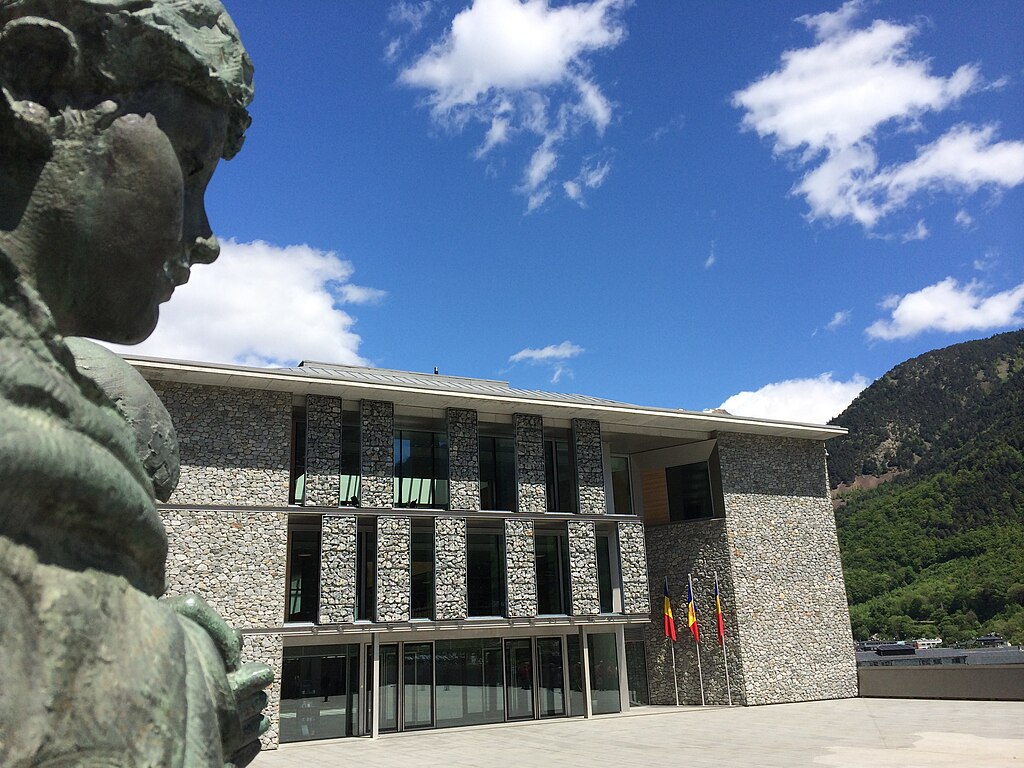
Andorra La Vella, the capital of the tiny principality of Andorra, is nestled in the Pyrenees mountains between France and Spain. Despite its small size, the city is a major tourist destination, especially for those interested in duty-free shopping and winter sports. Its high-altitude location makes it one of the highest capital cities in Europe. Andorra La Vella is known for its Romanesque churches, such as the Church of Sant Esteve, and scenic landscapes. The city’s economy thrives on retail, finance, and tourism, providing a mix of modernity with old-world charm.
Austria – Vienna (2,006,134)

Vienna, the capital of Austria, is renowned for its rich cultural history, especially in music and the arts. Known as the City of Music, it was home to iconic composers like Mozart, Beethoven, and Strauss. Vienna is also famous for its imperial history, with landmarks such as the Hofburg Palace and Schönbrunn Palace, once the residence of the Habsburg rulers. Today, it is one of Europe’s major cultural and political centers, with high-quality living standards. Visitors can enjoy its famous coffeehouses, museums, and vibrant cultural life.
Belarus – Minsk (1,995,471)
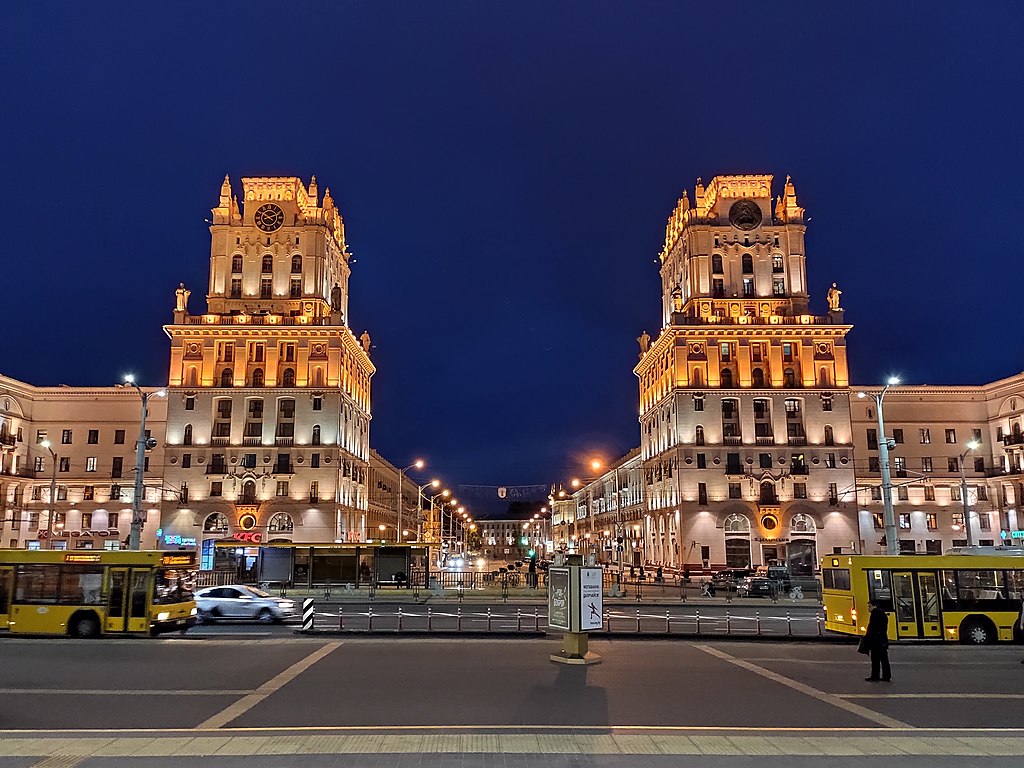
Minsk, the capital and largest city of Belarus, is a city steeped in history and resilience. Completely rebuilt after World War II, Minsk features broad avenues, monumental Soviet architecture, and numerous parks and gardens. It is the political and economic center of Belarus, with industries ranging from heavy machinery to IT. The Independence Square and Victory Square are among its main landmarks, while the National Opera and Ballet Theatre reflects the city’s vibrant cultural life. Minsk offers a window into Soviet-era urban planning while steadily modernizing.
Belgium – Brussels (1,249,597)
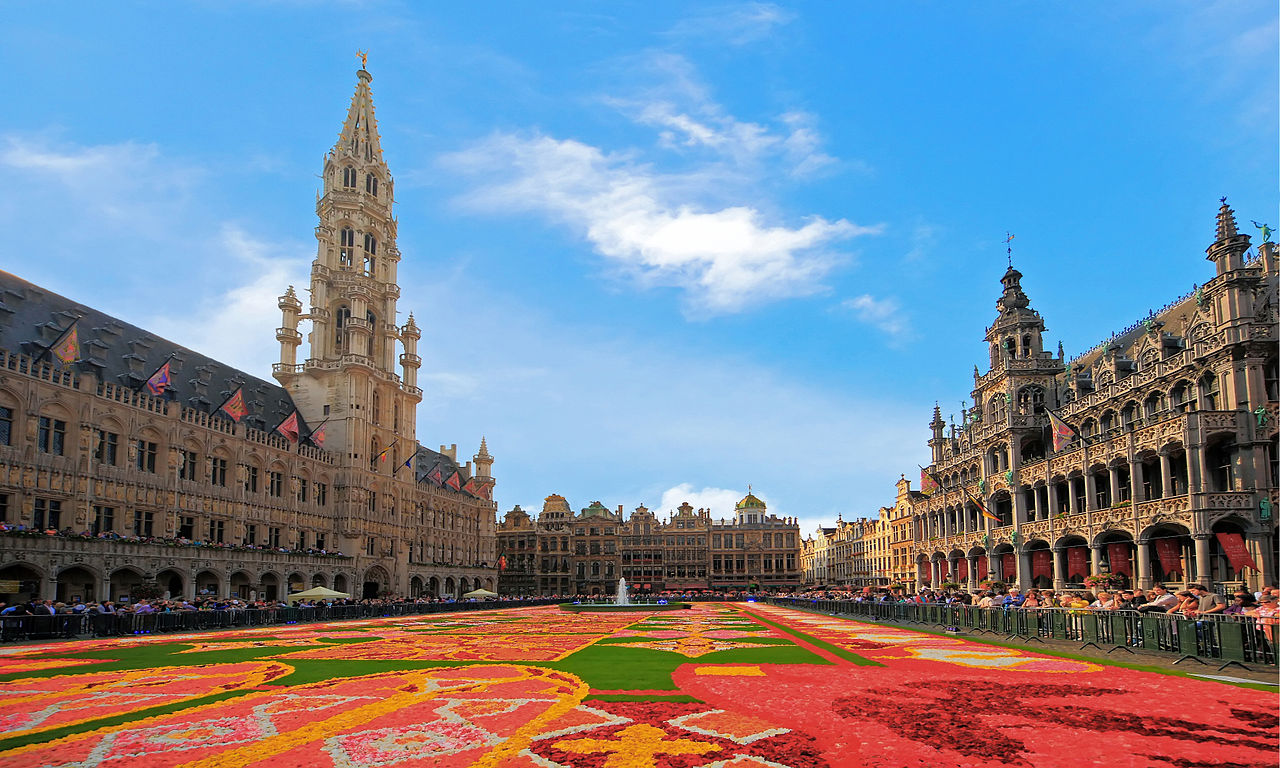
Brussels, the capital of Belgium, is also considered the de facto capital of the European Union, hosting major EU institutions like the European Commission and European Parliament. This bilingual city, where both French and Dutch are spoken, is known for its historical and modern mix of architecture. Its famous landmarks include the Grand Place, a UNESCO World Heritage Site, and the Atomium. Brussels is also known for its cuisine, including Belgian waffles, chocolates, and a wide variety of beers. With its cosmopolitan population and global political significance, Brussels is a key hub in Europe.
Bosnia & Herzegovina – Sarajevo (348,363)

Sarajevo, the capital of Bosnia and Herzegovina, is a city that has historically been a melting pot of cultures, where East meets West. Known for its Ottoman, Austro-Hungarian, and Yugoslav influences, Sarajevo is a fascinating blend of different architectural styles and traditions. The city endured a devastating siege during the Bosnian War in the 1990s, but it has since rebuilt and is now known for its vibrant cultural scene. Landmarks such as Baščaršija, the old bazaar, and the Gazi Husrev-beg Mosque highlight its Ottoman heritage, while the Sarajevo Film Festival has gained international recognition.
Bulgaria – Sofia (1,183,454)

Sofia, the capital of Bulgaria, is one of Europe’s oldest cities, with a history dating back thousands of years. The city blends its ancient heritage with modern development. Key landmarks include the massive Alexander Nevsky Cathedral, the 4th-century Church of St. George, and Vitosha Boulevard, known for its shops and restaurants. Sofia’s location near the Vitosha Mountain makes it an excellent destination for nature lovers, offering hiking and skiing opportunities. With its historical depth and growing cosmopolitan atmosphere, Sofia is a hidden gem in Eastern Europe.
Croatia – Zagreb (663,592)

Zagreb, the capital and largest city of Croatia, is a bustling metropolis that blends its rich history with a lively modern culture. The city’s Upper Town (Gornji Grad) and Lower Town (Donji Grad) showcase its historical and architectural diversity, with cobbled streets, Austro-Hungarian buildings, and medieval churches like St. Mark’s. Zagreb is also a cultural hub, home to museums, galleries, and theaters. The city’s café culture, markets like Dolac, and events such as the Zagreb Film Festival make it a vibrant destination for both locals and tourists. Its proximity to natural parks and the Adriatic Sea adds to its appeal.
Cyprus – Nicosia (118,226)

Nicosia is the capital and largest city of Cyprus, known for its unique status as the last divided capital in Europe. The city is split into a northern Turkish Cypriot section and a southern Greek Cypriot section, separated by a UN-patrolled buffer zone. Despite this division, Nicosia thrives as a cultural and commercial center, with a rich history dating back to ancient times. Visitors can explore the Venetian walls encircling the old city, museums like the Cyprus Museum, and lively markets. The city’s combination of ancient sites, modern businesses, and political significance makes it a unique destination.
Czechia – Prague (1,301,432)

Prague, the capital of Czechia, is one of Europe’s most beautiful and well-preserved cities. Known as “the City of a Hundred Spires,” Prague is famous for its medieval architecture, with landmarks such as Prague Castle, Charles Bridge, and the Old Town Square. The city’s Gothic, Renaissance, and Baroque buildings offer a stunning visual experience, while its vibrant cultural scene, including theaters, galleries, and music festivals, attracts millions of visitors annually. The Vltava River running through the city adds to its scenic charm, and Prague’s historic and artistic legacy makes it a top European travel destination.
Denmark – Copenhagen (1,378,649)

Copenhagen, Denmark’s capital, is a vibrant city known for its quality of life, innovative design, and sustainable urban development. The city blends its historic charm with modern architecture and green spaces. Famous landmarks include the colorful Nyhavn harbor, the Tivoli Gardens amusement park, and the Little Mermaid statue. Copenhagen is also a culinary hub, home to world-renowned restaurants like Noma. The city’s cycling culture, eco-friendly initiatives, and progressive policies make it a model of modern urban living, while its cultural events, such as the Copenhagen Jazz Festival, offer entertainment year-round.
Estonia – Tallinn (437,817)
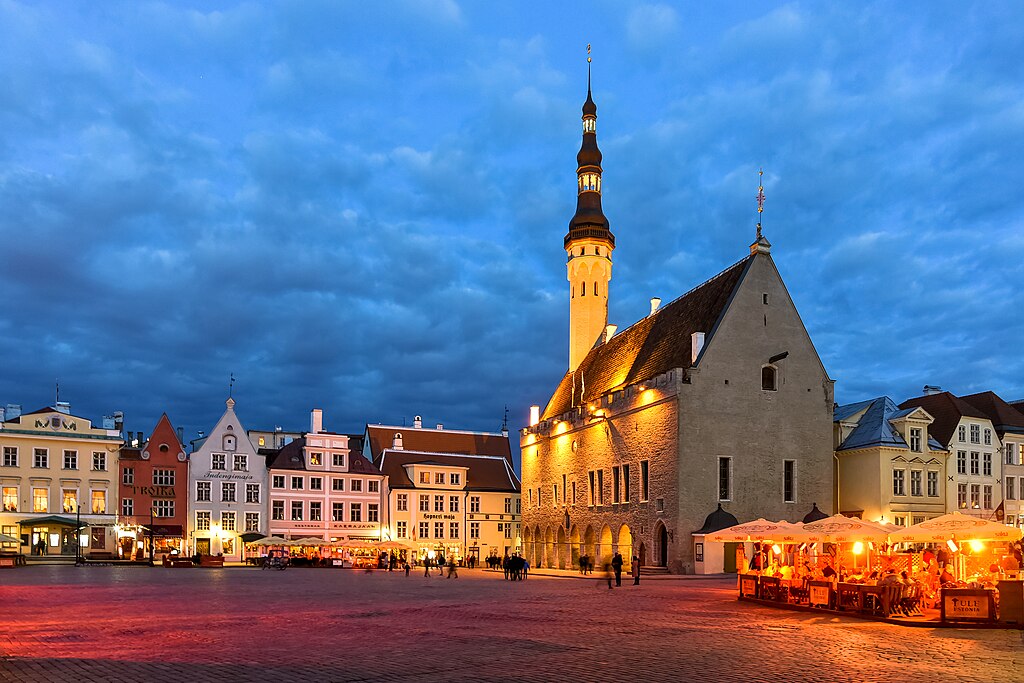
Tallinn, the capital of Estonia, is a stunning blend of medieval history and cutting-edge technology. Its UNESCO-listed Old Town, with its cobblestone streets, Gothic spires, and ancient city walls, offers a glimpse into its medieval past. At the same time, Tallinn is one of Europe’s most digitally advanced cities, often referred to as a tech hub, particularly for startups. Visitors can explore landmarks such as Toompea Castle and the Alexander Nevsky Cathedral, while enjoying modern cafes and galleries. The city’s location on the Baltic Sea also provides easy access to nearby islands and nature reserves.
Finland – Helsinki (643,272)
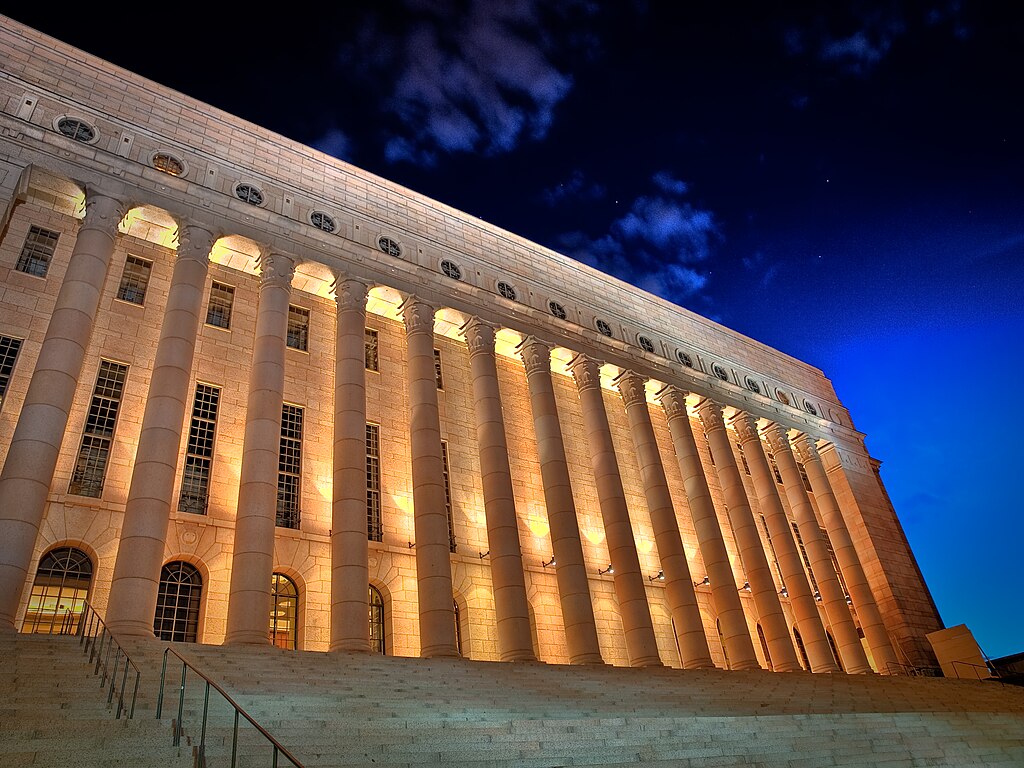
Helsinki, the capital of Finland, is known for its modern architecture, vibrant design scene, and proximity to nature. Situated on the Gulf of Finland, the city features a mix of neoclassical buildings, such as Helsinki Cathedral, and contemporary structures like the Oodi Library. Helsinki’s unique design district showcases its role as a leader in Nordic design and innovation. The city is also surrounded by numerous islands, parks, and forests, offering residents and visitors a close connection to nature. Cultural events like the Helsinki Festival and the city’s renowned food scene make it a dynamic place to visit.
France – Paris (2,145,906)

Paris, the capital of France, is one of the world’s most iconic cities, known for its art, fashion, and history. The city’s landmarks are legendary, including the Eiffel Tower, Notre-Dame Cathedral, the Louvre, and the Arc de Triomphe. Paris has been a center of culture for centuries, with famous writers, artists, and philosophers calling it home. Its influence on global fashion, cuisine, and art continues today, with events like Paris Fashion Week and its numerous Michelin-starred restaurants. The Seine River, tree-lined boulevards, and charming neighborhoods such as Montmartre add to the city’s timeless appeal.
Germany – Berlin (3,596,999)

Berlin, the capital of Germany, is a city of contrasts, with a history marked by division and reunification. Once divided by the Berlin Wall, the city is now a symbol of unity and freedom. Visitors can explore key historical sites such as the Brandenburg Gate, Checkpoint Charlie, and the Berlin Wall Memorial. Berlin is also known for its vibrant cultural scene, with world-class museums, galleries, and theaters. The city’s alternative art and music scenes, as well as its lively nightlife, have made it a hub for creatives and young professionals. Today, Berlin is a major European center for politics, culture, and innovation.
Greece – Athens (3,146,164)

Athens, the capital of Greece, is often referred to as the cradle of Western civilization. The city’s rich history is evident in landmarks such as the Acropolis, the Parthenon, and the Ancient Agora. Athens has been continuously inhabited for over 3,000 years and remains a key center for history, philosophy, and the arts. In addition to its ancient ruins, modern Athens is a bustling metropolis with vibrant street art, bustling markets, and a lively cultural scene. The city’s mix of ancient heritage and contemporary urban life makes it a unique destination for travelers interested in history and culture.
Hungary – Budapest (1,682,426)

Budapest, the capital of Hungary, is a city of stunning architecture, thermal baths, and rich history. The city is divided by the Danube River, with Buda on the west bank and Pest on the east. The iconic Chain Bridge connects these two parts. Budapest is known for its historic sites, including the Buda Castle, Fisherman’s Bastion, and St. Stephen’s Basilica. The city’s famous thermal baths, such as the Széchenyi and Gellért Baths, attract visitors seeking relaxation. Budapest also boasts a vibrant nightlife, with its famous ruin bars, and hosts numerous festivals, making it a dynamic and lively city.
Iceland – Reykjavik (135,714)
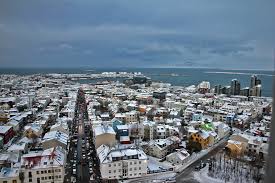
Reykjavik, the capital of Iceland, is known for its modern architecture, unique culture, and proximity to natural wonders. Despite its small size, Reykjavik is a cosmopolitan city with a strong focus on the arts, music, and sustainability. Visitors can explore the striking Hallgrímskirkja Church, the Harpa Concert Hall, and various museums that highlight Icelandic history and culture. Reykjavik is also a gateway to Iceland’s famous geothermal spas, waterfalls, and volcanic landscapes. With its colorful houses and vibrant cultural scene, the city offers a unique blend of nature and urban life.
Ireland – Dublin (1,263,219)

Dublin, the capital of Ireland, is a city with a rich literary history, vibrant nightlife, and a welcoming atmosphere. Known for being the home of famous writers like James Joyce and Oscar Wilde, Dublin is full of literary landmarks, including the Dublin Writers Museum and Trinity College, home to the Book of Kells. The city’s Temple Bar district is famous for its pubs and cultural events, while Grafton Street is a bustling shopping area. Visitors can also explore historical sites like Dublin Castle and St. Patrick’s Cathedral. Dublin’s charm lies in its mix of historical depth and lively modern culture.
Italy – Rome (2,748,109)

Rome, the capital of Italy, is one of the most historically significant cities in the world, known for its ancient ruins, Renaissance art, and religious landmarks. Often called the “Eternal City,” Rome is home to iconic sites such as the Colosseum, the Roman Forum, and the Pantheon. Vatican City, the heart of the Catholic Church, is located within Rome and is famous for St. Peter’s Basilica and the Sistine Chapel. Rome’s vibrant culture extends to its food scene, with classic Italian dishes served in its trattorias. With its mix of ancient history and modern energy, Rome remains a top global destination.
Kosovo – Pristina (145,149)
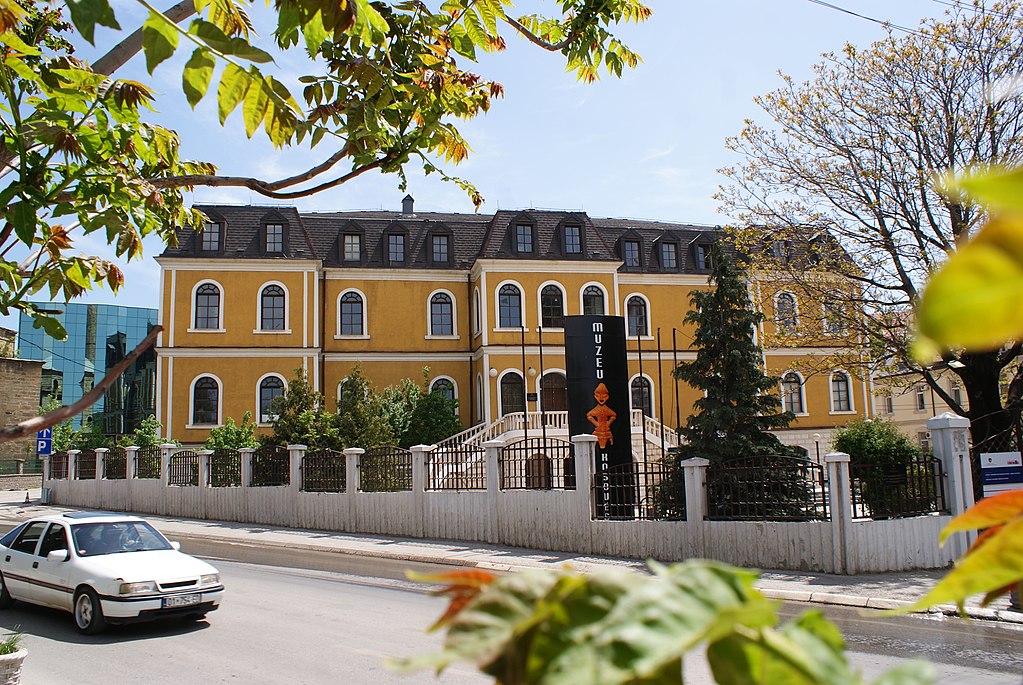
Pristina, the capital of Kosovo, is a young and dynamic city that has undergone rapid transformation since Kosovo declared independence in 2008. It is the political, economic, and cultural center of the country, with a youthful population and a growing arts scene. Notable landmarks in the city include the National Library of Kosovo, known for its unique architecture, and the Newborn Monument, symbolizing the country’s independence. Pristina is also home to a number of cafes and restaurants that reflect the city’s vibrant street life. Despite its recent history of conflict, Pristina is steadily modernizing and embracing its future.
Latvia – Riga (605,273)
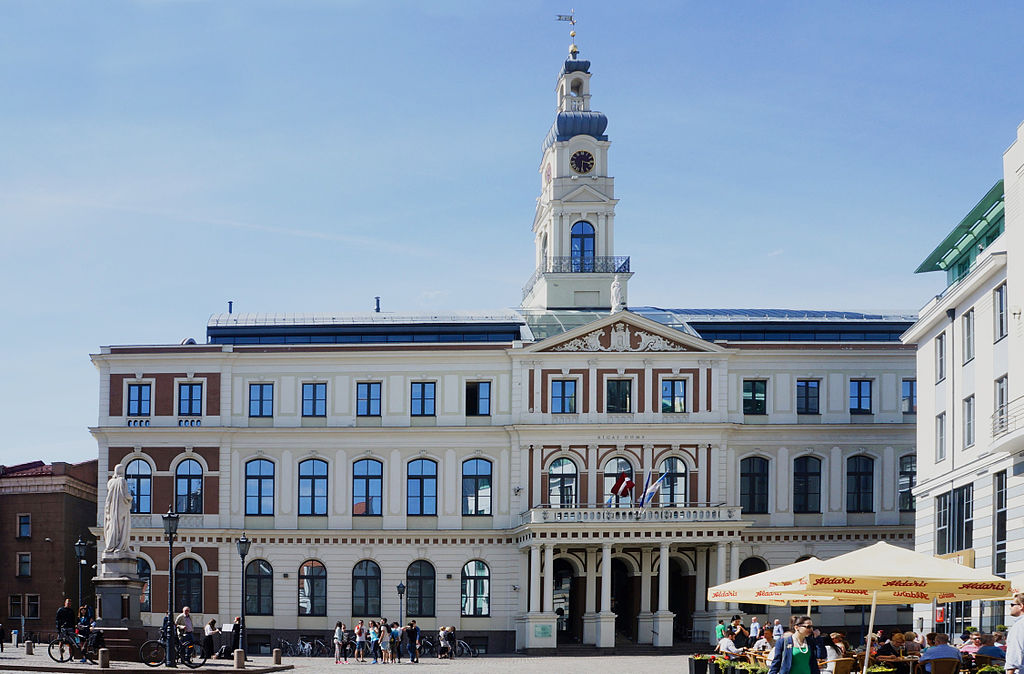
Riga, the capital of Latvia, is a city known for its Art Nouveau architecture, medieval Old Town, and vibrant cultural scene. As the largest city in the Baltic states, Riga is a hub for commerce, culture, and education. Its Old Town, a UNESCO World Heritage Site, is famous for landmarks such as the Riga Cathedral, St. Peter’s Church, and the House of the Blackheads. The city’s Art Nouveau district contains some of the finest examples of this architectural style in Europe. Riga’s cultural life is lively, with numerous festivals, concerts, and events that showcase Latvian traditions and modern art.
Liechtenstein – Schaan (6,027)
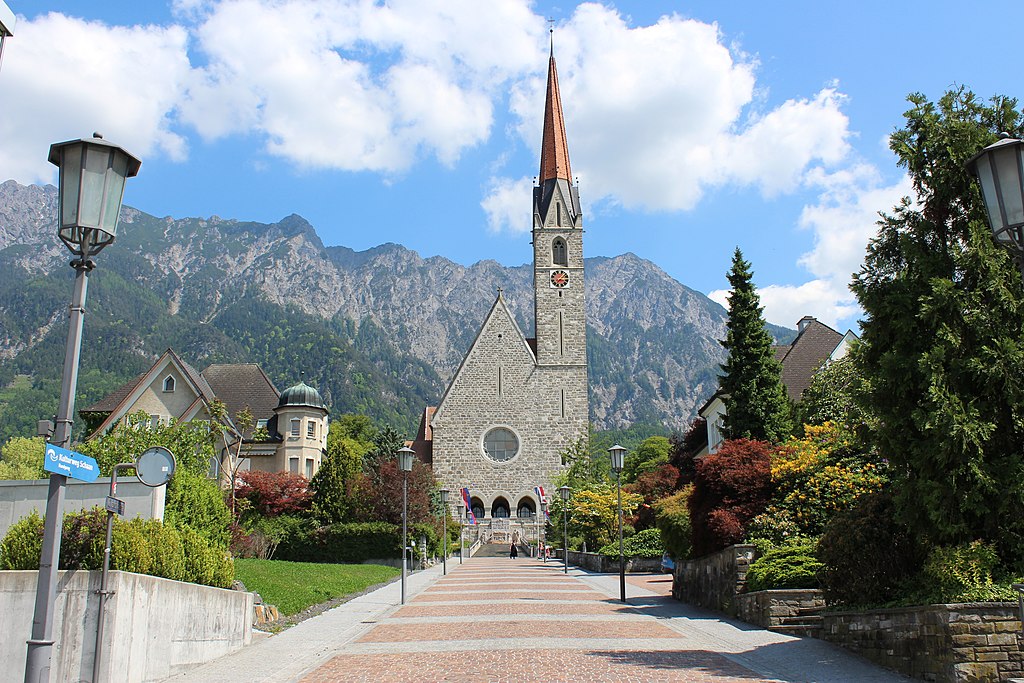
Schaan, while not the capital of Liechtenstein, is the largest municipality in the tiny Alpine country. Nestled in the Rhine Valley, Schaan is known for its picturesque landscape, proximity to mountains, and a peaceful lifestyle. The town is a center for industry and commerce in Liechtenstein, with several international companies headquartered there. Schaan offers visitors a glimpse into the country’s history and culture through its museums, churches, and nearby hiking trails. Though small, the town plays an important role in the daily life and economy of Liechtenstein.
Lithuania – Vilnius (592,156)
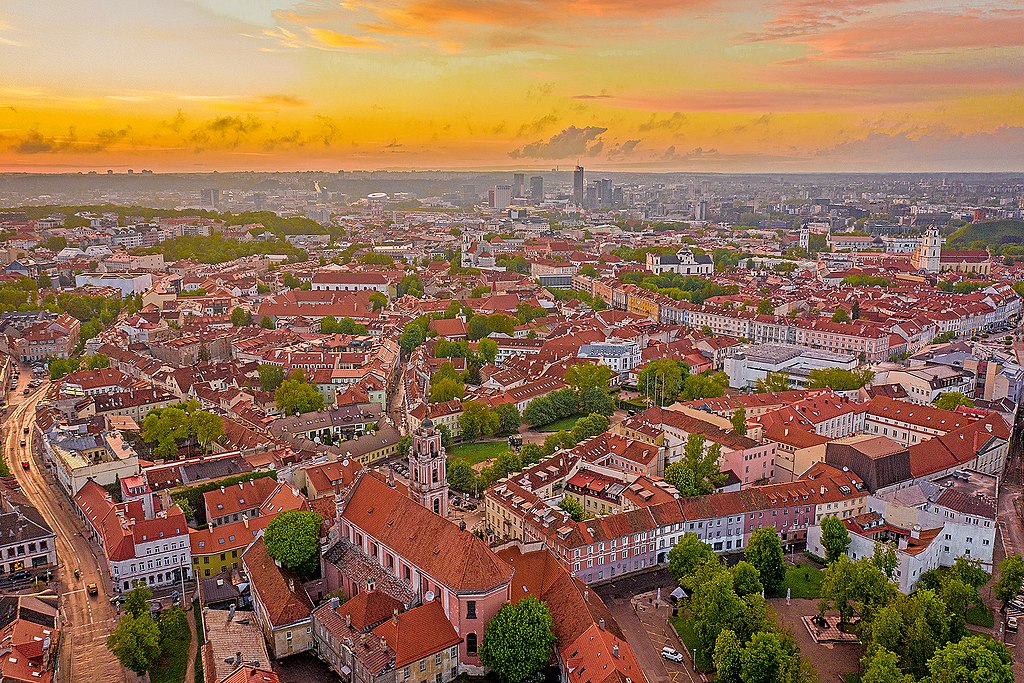
Vilnius, the capital of Lithuania, is a city that beautifully blends Baroque architecture with a modern, innovative spirit. The city’s Old Town, a UNESCO World Heritage Site, is a maze of narrow streets lined with historic churches, palaces, and vibrant cafes. The Gediminas Tower offers panoramic views of the city, while the Gates of Dawn is a religious landmark that attracts pilgrims from around the world. Vilnius is also known for its creative arts scene, with a growing number of galleries, street art, and festivals. The city’s mix of history and youthful energy makes it a fascinating destination.
Luxembourg – Luxembourg (134,697)

Luxembourg City, the capital of the Grand Duchy of Luxembourg, is a picturesque city perched on cliffs, with a rich history and a prominent role in European politics. The city is a financial hub and one of the three official capitals of the European Union, home to several key EU institutions. Its Old Town, a UNESCO World Heritage Site, features fortifications, winding alleyways, and landmarks like the Grand Ducal Palace. The city’s multicultural atmosphere is reflected in its diverse population, languages, and cuisines. Luxembourg City is a perfect blend of history, culture, and modernity.
Malta – San Pawl Il-Bahar (32,042)
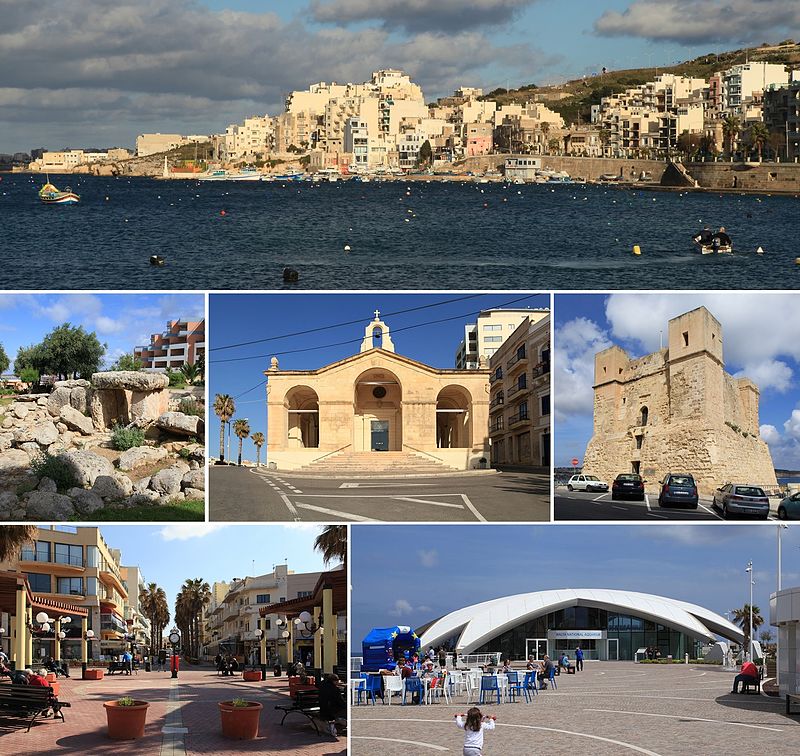
San Pawl Il-Bahar, also known as St. Paul’s Bay, is the largest town in Malta by population. Located along the northeastern coast of the island, it is known for its picturesque bay, historical sites, and proximity to Malta’s famous beaches. The town is named after St. Paul, who, according to tradition, was shipwrecked on Malta in 60 AD. Today, it is a popular tourist destination with numerous hotels, restaurants, and water sports activities. The surrounding countryside and coastal areas provide opportunities for hiking and exploring Malta’s natural beauty.
Moldova – Chisinau (532,513)
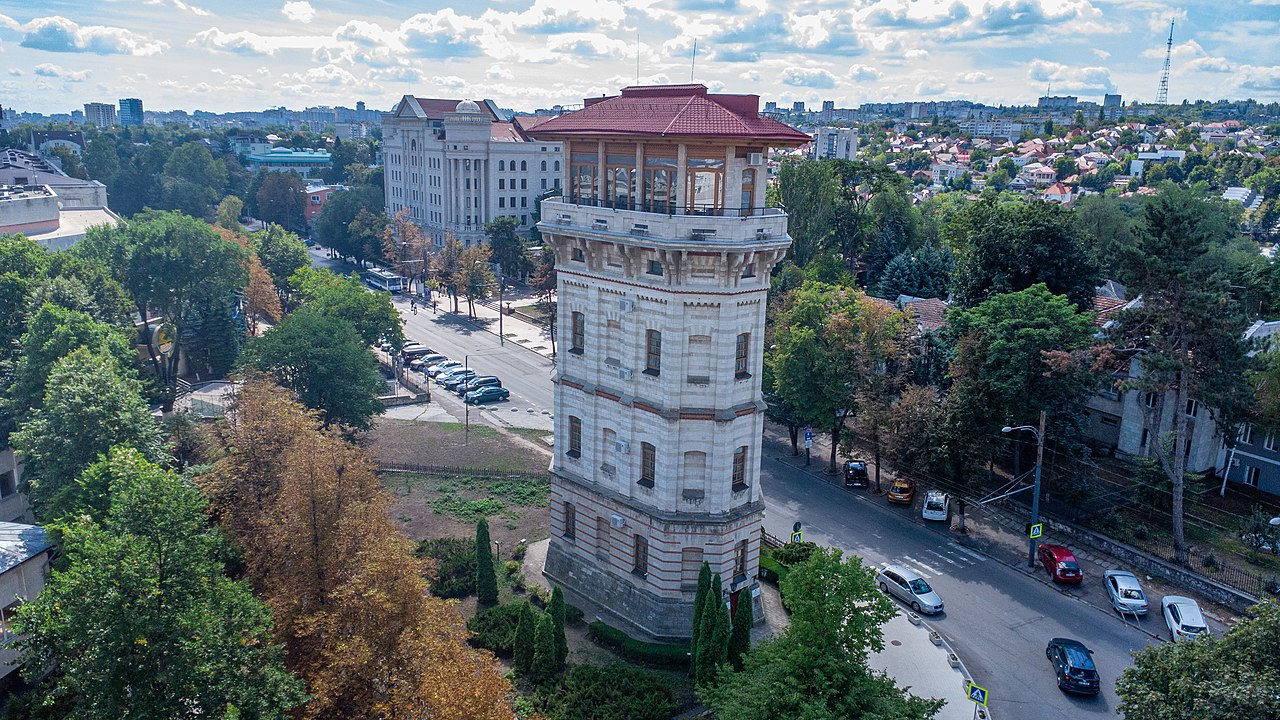
Chisinau, the capital of Moldova, is the country’s largest city and its economic, cultural, and political center. Known for its wide boulevards, parks, and Soviet-era architecture, Chisinau is a city in transition, blending its past with modern influences. Major landmarks include the Cathedral of Christ’s Nativity, Stefan cel Mare Central Park, and the Triumphal Arch. The city is also known for its wine culture, with Moldova being one of Europe’s oldest wine regions. Chisinau’s museums, theaters, and galleries showcase the country’s history and growing artistic scene, making it a fascinating destination for those exploring Eastern Europe.
Montenegro – Podgorica (173,024)
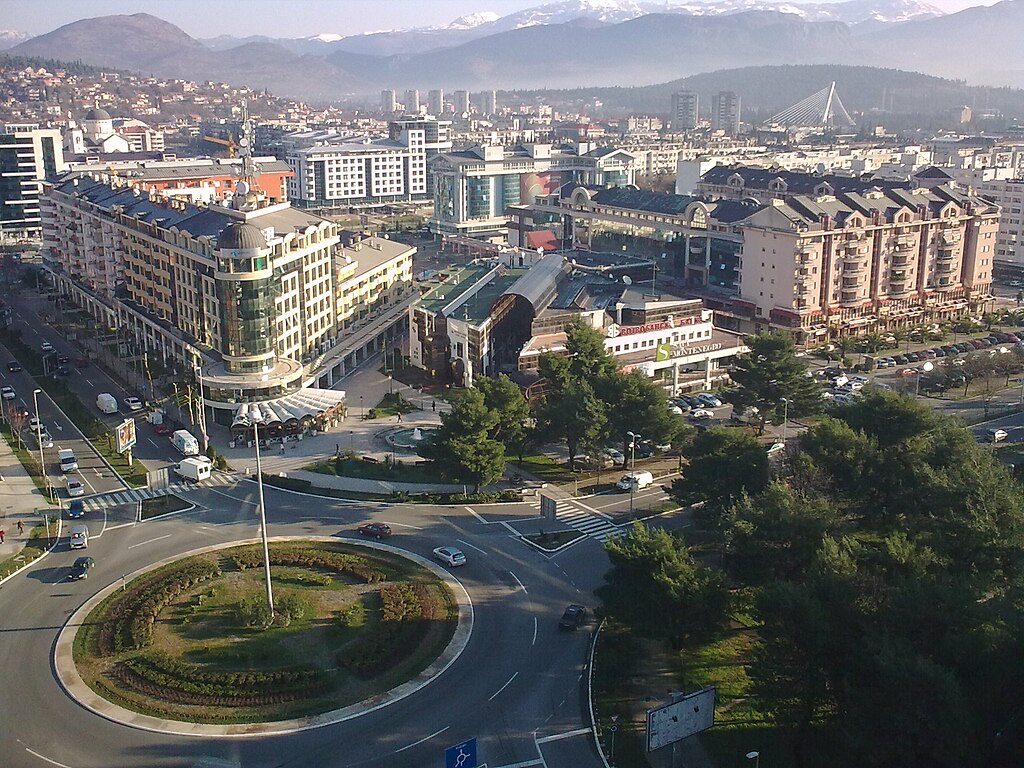
Podgorica, the capital of Montenegro, is a city that combines its Balkan history with modern development. Although not as well-known as other European capitals, Podgorica has its own charm, with landmarks such as the Millennium Bridge, King Nikola’s Palace, and the Ribnica River. The city is surrounded by natural beauty, with Lake Skadar, Montenegro’s largest lake, and the nearby mountains offering opportunities for outdoor activities. Podgorica is a key political and economic hub in Montenegro, and its café culture and vibrant street life reflect the country’s Mediterranean influences.
Netherlands – Amsterdam (1,114,745)

Amsterdam, the capital of the Netherlands, is known for its picturesque canals, vibrant cultural scene, and rich history. The city’s iconic canals, lined with 17th-century houses, are a UNESCO World Heritage Site and offer a unique way to explore the city. Amsterdam is home to world-famous museums like the Van Gogh Museum, the Rijksmuseum, and the Anne Frank House, attracting millions of visitors annually. The city is also known for its cycling culture, with more bikes than people. Amsterdam’s diverse neighborhoods, bustling markets, and lively nightlife make it a vibrant and welcoming city for residents and tourists alike.
North Macedonia – Skopje (422,540)
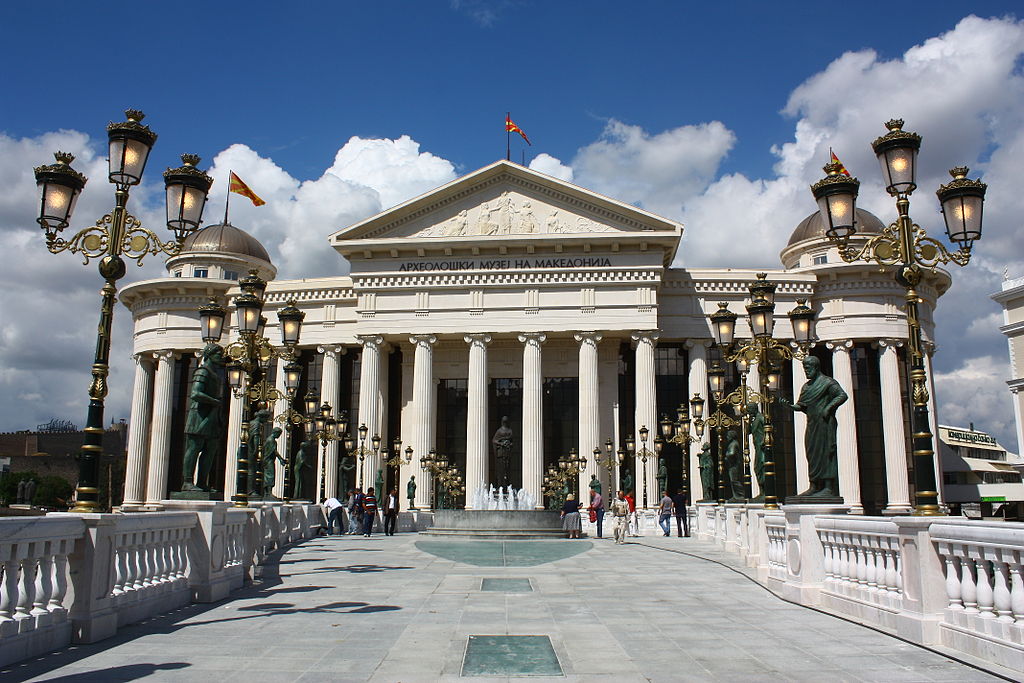
Skopje, the capital of North Macedonia, is a city steeped in history and full of contrasts. The city’s architecture blends Ottoman-era mosques, Byzantine churches, and modern buildings, reflecting its diverse cultural heritage. The city center is dominated by the imposing Skopje Fortress and the Stone Bridge, which connects the old town with the modern part of the city. Skopje has also undergone significant development in recent years, with the construction of new monuments and buildings as part of the controversial Skopje 2014 project. Despite this, the old bazaar remains a vibrant hub, showcasing the city’s long-standing cultural traditions.
Norway – Oslo (1,082,575)

Oslo, the capital of Norway, is a city that combines stunning natural beauty with cutting-edge urban design. Located on the Oslofjord, the city is surrounded by forests, hills, and waterways, offering a wealth of outdoor activities year-round. Oslo is known for its modern architecture, such as the Oslo Opera House and the Barcode Project, as well as its cultural institutions like the Munch Museum and the Viking Ship Museum. The city’s commitment to sustainability and green living is evident in its widespread use of electric vehicles and public transportation. Oslo is also a hub for Norwegian cuisine, with a growing number of restaurants offering innovative Nordic dishes.
Poland – Warsaw (1,861,599)
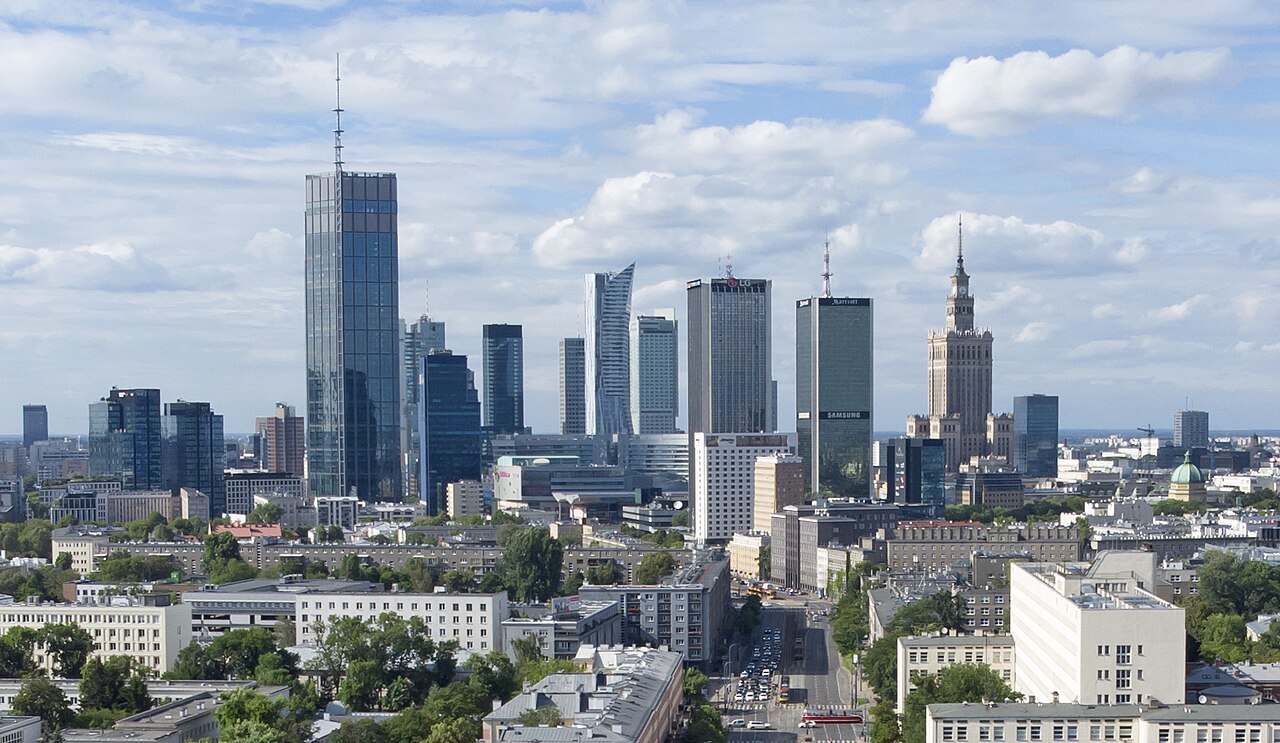
Warsaw, the capital of Poland, is a city that has risen from the ashes of war to become a modern and dynamic metropolis. Much of the city was destroyed during World War II, but its Old Town has been meticulously reconstructed and is now a UNESCO World Heritage Site. Warsaw is a mix of historical landmarks, such as the Royal Castle and Wilanów Palace, and modern skyscrapers that symbolize the city’s economic revival. The city’s vibrant cultural scene includes theaters, museums, and music festivals. Warsaw’s parks, such as Łazienki Park, provide peaceful green spaces in the midst of this bustling capital.
Portugal – Lisbon (547,733)
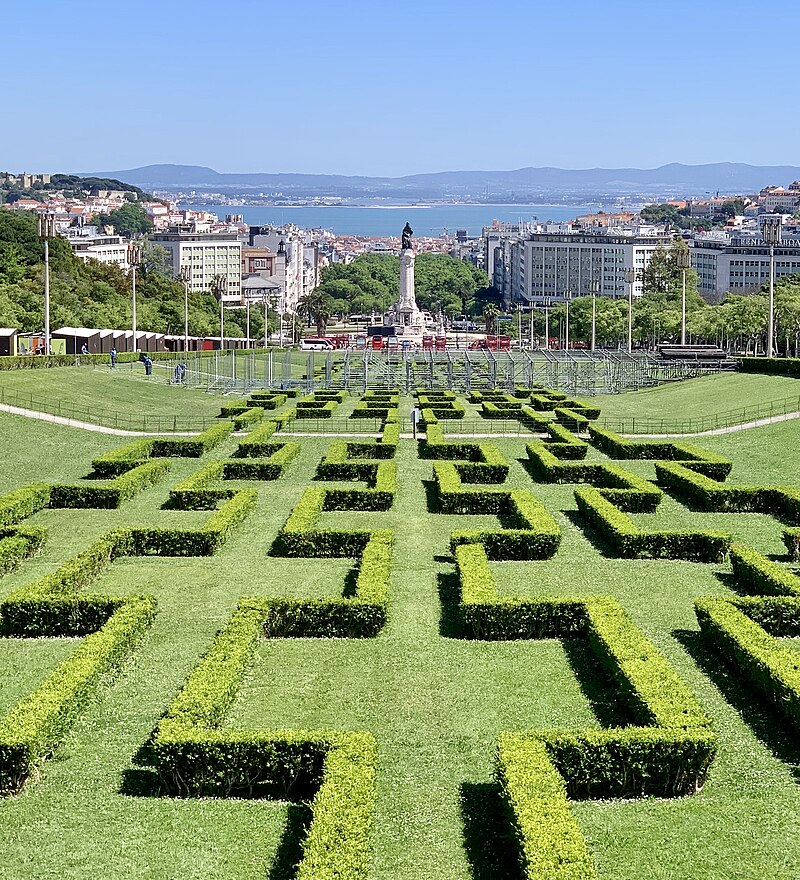
Lisbon, the capital of Portugal, is a city known for its hills, scenic viewpoints, and historic architecture. Overlooking the Tagus River, Lisbon is famous for its colorful neighborhoods, including Alfama and Bairro Alto, where narrow streets are lined with pastel-colored buildings. The city’s historic landmarks, such as the Belém Tower and Jerónimos Monastery, are UNESCO World Heritage Sites. Lisbon’s tram network, particularly the iconic Tram 28, provides a charming way to explore the city’s steep hills. The city is also a hub for contemporary culture, with a growing number of art galleries, music venues, and modern restaurants showcasing Lisbon’s dynamic spirit.
Romania – Bucharest (1,716,961)
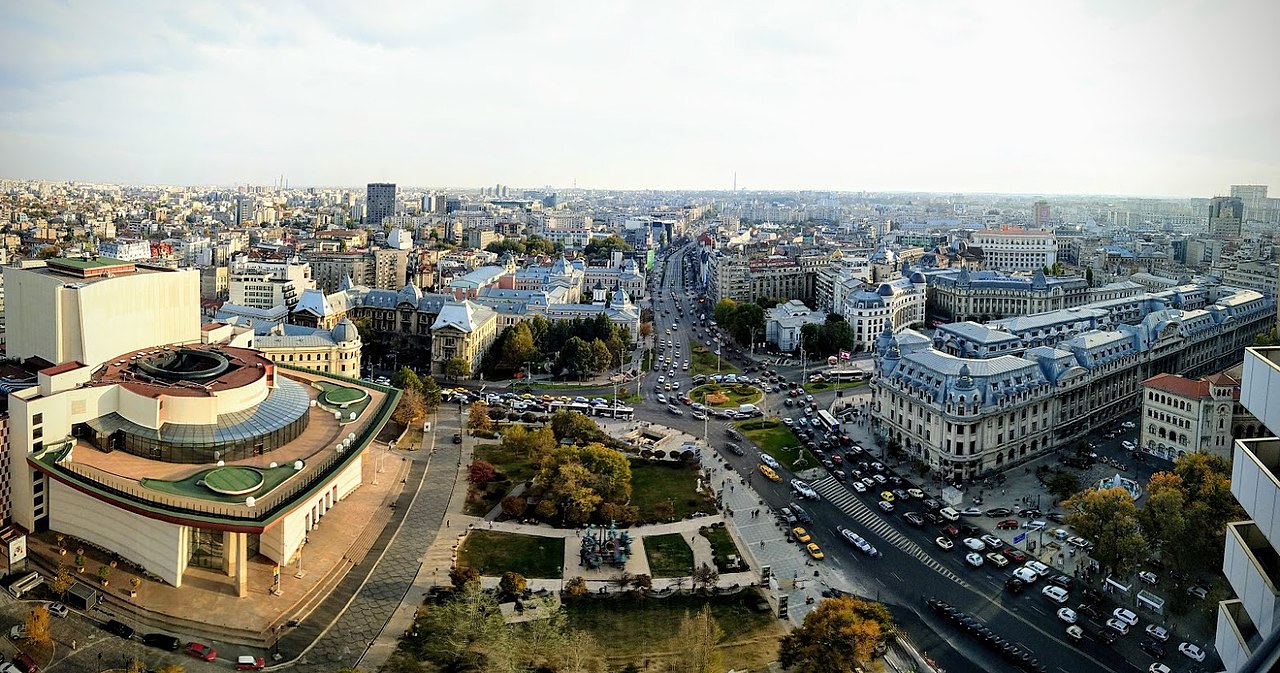
Bucharest, the capital of Romania, is a city that reflects the country’s complex history and its aspirations for the future. Known as “Little Paris” in the early 20th century, Bucharest still retains much of its Belle Époque architecture, alongside grand communist-era buildings like the massive Palace of the Parliament. The city’s historic Lipscani district is full of winding streets, vibrant bars, and restaurants, offering a glimpse into its medieval past. Bucharest is also a growing cultural hub, with numerous museums, theaters, and music festivals that highlight both traditional Romanian culture and contemporary art.
Russia – Moscow (13,010,112)

Moscow, the capital of Russia, is one of the world’s largest and most influential cities. As the political, economic, and cultural heart of Russia, Moscow is home to iconic landmarks such as the Kremlin, Red Square, and St. Basil’s Cathedral, which symbolize the country’s rich history. The city’s vast size is matched by its cultural offerings, from world-renowned theaters like the Bolshoi, to museums, galleries, and modern skyscrapers in the Moscow International Business Center. Moscow is also a major center for finance and industry, playing a key role in Russia’s economy. The city’s blend of historical grandeur and modern development makes it a global powerhouse.
San Marino – Serravalle (11,097)

Serravalle, the largest town in San Marino, is known for its picturesque location in the heart of the Apennine Mountains. Although not the capital, it is an important center for commerce and tourism in this tiny republic. The town is home to several shopping outlets, sports facilities, and historical landmarks, including ancient castles and churches that reflect San Marino’s medieval past. Serravalle’s beautiful landscapes and peaceful atmosphere make it a charming destination for those seeking a quiet retreat. Despite its small size, Serravalle plays a significant role in San Marino’s economy and cultural life.
Serbia – Belgrade (1,197,714)
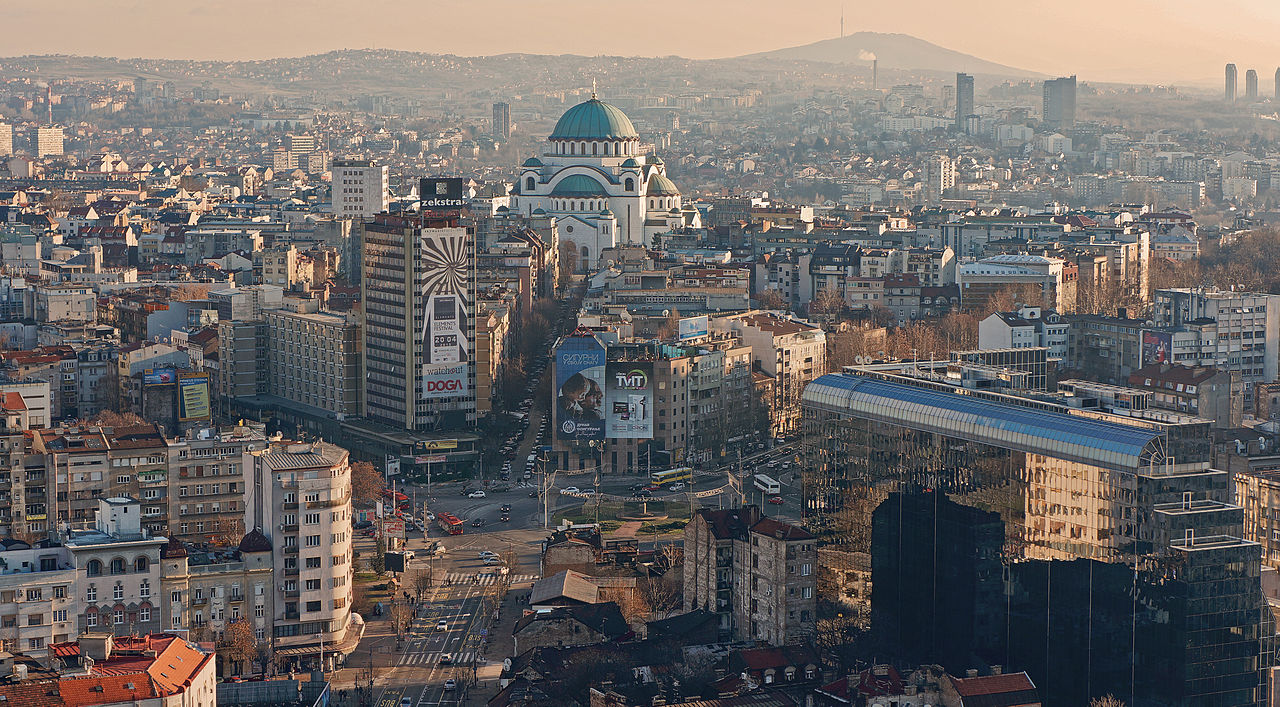
Belgrade, the capital of Serbia, is one of the oldest cities in Europe, with a history that spans over two millennia. The city sits at the confluence of the Sava and Danube rivers, offering stunning views and numerous waterfront attractions. Belgrade is known for its vibrant nightlife, particularly along the Savamala district and its floating river clubs, known as “splavs.” Historical landmarks such as the Kalemegdan Fortress, the Church of Saint Sava, and the Republic Square reflect the city’s diverse past. Belgrade is also a cultural hub, with numerous theaters, galleries, and festivals that highlight Serbia’s artistic and intellectual legacy.
Slovakia – Bratislava (478,040)
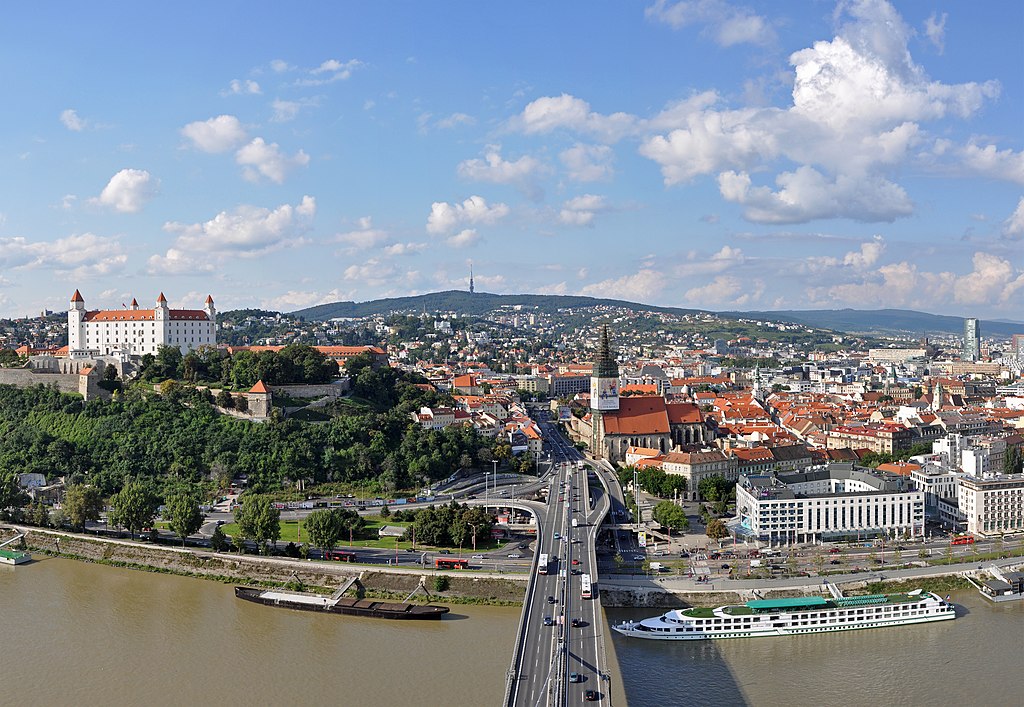
Bratislava, the capital of Slovakia, is a charming city located along the Danube River near the borders of Austria and Hungary. Its medieval old town is full of winding streets, colorful buildings, and historical landmarks like the Bratislava Castle and St. Martin’s Cathedral. Bratislava offers a blend of old and new, with modern developments and a growing cultural scene complementing its historical sites. The city is also known for its lively café culture and proximity to the Little Carpathians, a wine-growing region. With its laid-back atmosphere and picturesque setting, Bratislava is a delightful destination in Central Europe.
Slovenia – Ljubljana (284,293)
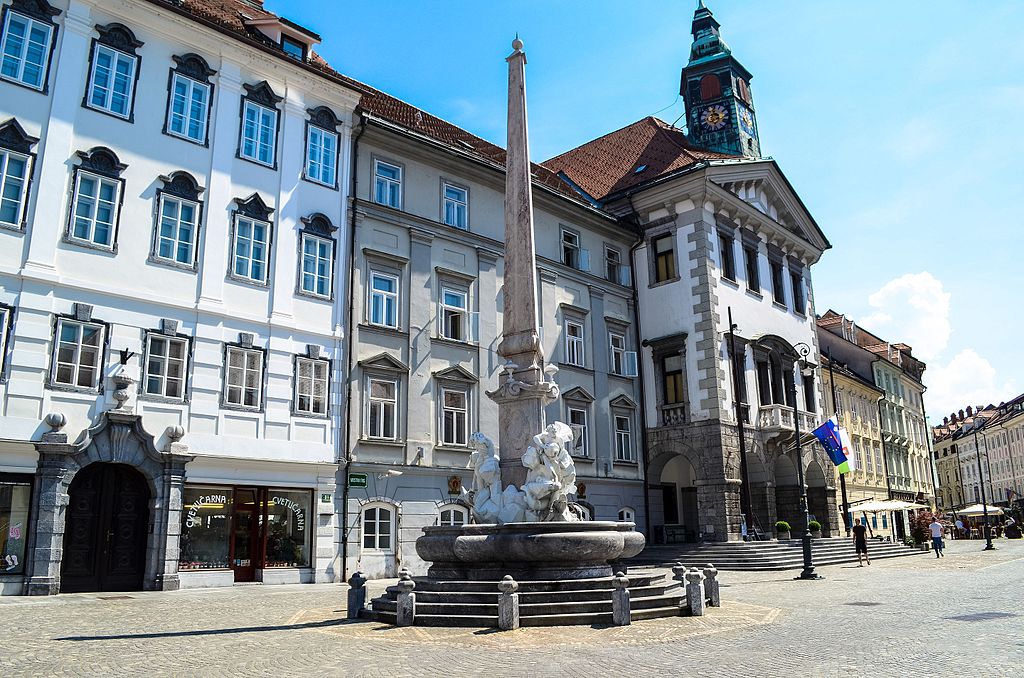
Ljubljana, the capital of Slovenia, is a green and vibrant city known for its beautiful architecture, rich history, and focus on sustainability. The city is crossed by the Ljubljanica River, lined with picturesque bridges, including the famous Dragon Bridge and Triple Bridge. Ljubljana’s old town is a pedestrian-friendly area full of colorful buildings, open-air markets, and cozy cafes. The city’s skyline is dominated by Ljubljana Castle, which offers panoramic views of the surrounding areas. Ljubljana is also a cultural center, with numerous festivals, art galleries, and museums, making it a lively and artistic city. Its commitment to green living has earned it recognition as one of Europe’s greenest capitals.
Spain – Madrid (3,340,176)

Madrid, the capital of Spain, is a bustling metropolis known for its world-class museums, historic landmarks, and vibrant nightlife. The city is home to iconic cultural institutions like the Prado Museum, the Royal Palace, and the Reina Sofía Museum, which houses Picasso’s famous painting, “Guernica.” Madrid’s central square, Plaza Mayor, and the nearby Puerta del Sol are the heart of the city’s social and political life. The city’s parks, such as Retiro Park, provide a green escape from the urban hustle. Madrid is also renowned for its culinary scene, with traditional tapas bars and modern restaurants offering a diverse array of Spanish cuisine.
Sweden – Stockholm (1,767,108)
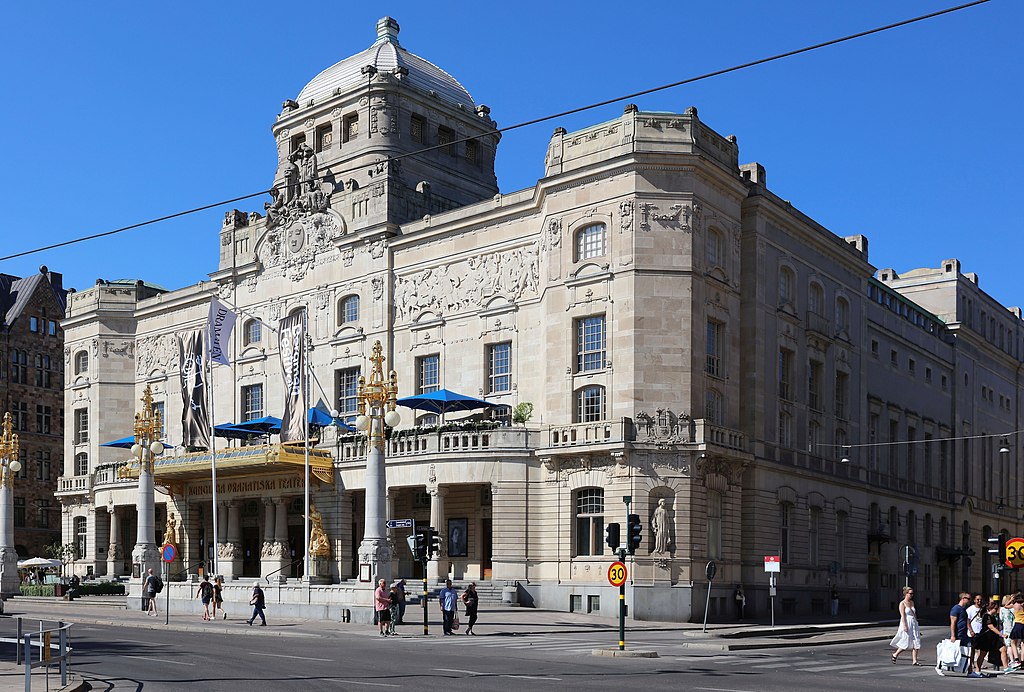
Stockholm, the capital of Sweden, is a city spread across 14 islands, connected by more than 50 bridges. Known as the “Venice of the North,” Stockholm is a city of water, green spaces, and stunning architecture. The old town, Gamla Stan, is one of Europe’s best-preserved medieval city centers, with cobbled streets, colorful buildings, and the Royal Palace. Stockholm is also a hub of innovation, design, and culture, with its numerous museums, art galleries, and modern architecture. The city is known for its high quality of life, with an emphasis on sustainability, public transport, and green living.
Switzerland – Zurich (433,890)
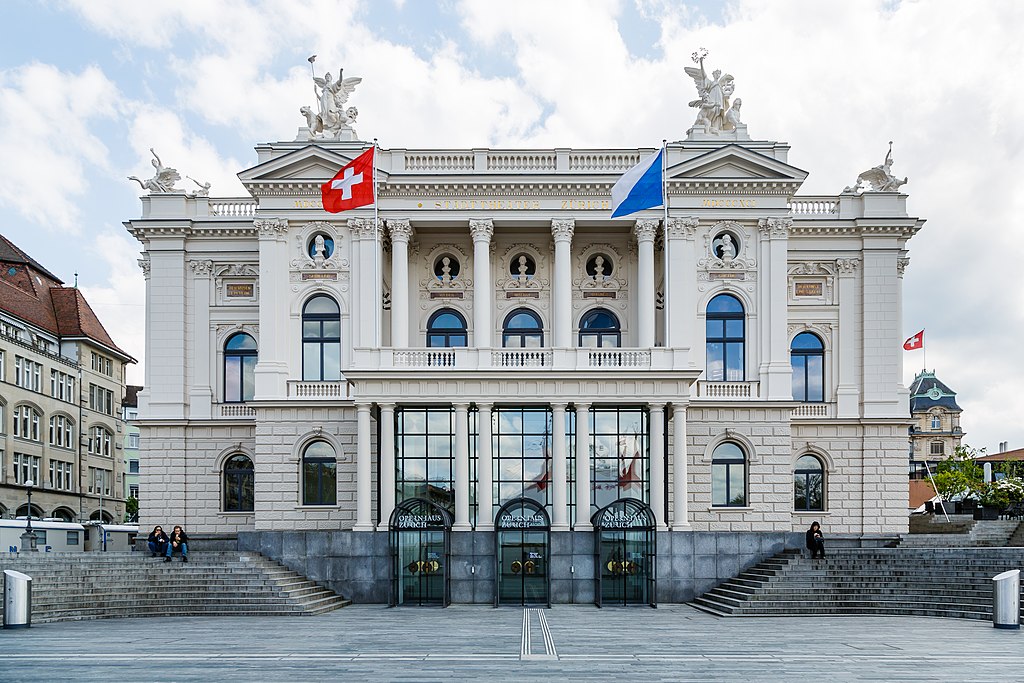
Zurich, Switzerland’s largest city, is a global financial center renowned for its high quality of life. Located on the shores of Lake Zurich and surrounded by mountains, the city offers a blend of natural beauty and urban sophistication. Zurich’s old town, with its medieval buildings, narrow streets, and churches like the Grossmünster and Fraumünster, contrasts with its modern financial district. The city is also a hub for the arts, with numerous theaters, galleries, and the renowned Kunsthaus Zurich. Zurich’s efficient public transport, clean environment, and vibrant cultural life make it one of the world’s most livable cities.
Turkey – Istanbul (15,244,936)

Istanbul, the largest city in Turkey, is a city that straddles two continents—Europe and Asia—making it one of the most historically and culturally significant cities in the world. Formerly known as Byzantium and Constantinople, Istanbul has been the capital of three major empires: the Roman, Byzantine, and Ottoman. The city’s skyline is dominated by iconic landmarks such as the Hagia Sophia, the Blue Mosque, and the Topkapi Palace. Istanbul’s Grand Bazaar and Spice Market are bustling with activity, offering a sensory overload of colors, smells, and sounds. The Bosphorus Strait, which divides the city, is a stunning waterway that offers spectacular views of the city’s historic and modern architecture.
Ukraine – Kyiv (2,962,180)

Kyiv, the capital of Ukraine, is one of Eastern Europe’s oldest cities, with a history dating back over 1,400 years. The city is known for its beautiful churches, such as Saint Sophia Cathedral and Kyiv Pechersk Lavra, both UNESCO World Heritage Sites. Kyiv is also home to Maidan Nezalezhnosti (Independence Square), a symbol of Ukraine’s political life and a focal point for the country’s independence movements. The Dnieper River, which flows through the city, offers picturesque views and recreational activities. Kyiv’s rich cultural scene, with its theaters, museums, and galleries, makes it a vibrant and exciting city in Eastern Europe.
United Kingdom – London (8,776,535)

London, the capital of the United Kingdom, is one of the world’s most influential and iconic cities. Known for its rich history, London is home to world-famous landmarks such as the Tower of London, Buckingham Palace, the Houses of Parliament, and Big Ben. The city is also a global center for culture, finance, and politics. London’s diverse neighborhoods, from the historic streets of Westminster to the trendy areas of Shoreditch and Camden, offer a wide array of experiences. The city is also known for its museums and galleries, such as the British Museum, Tate Modern, and the National Gallery. With its mix of ancient history and cutting-edge modernity, London remains one of the most visited and beloved cities in the world.




